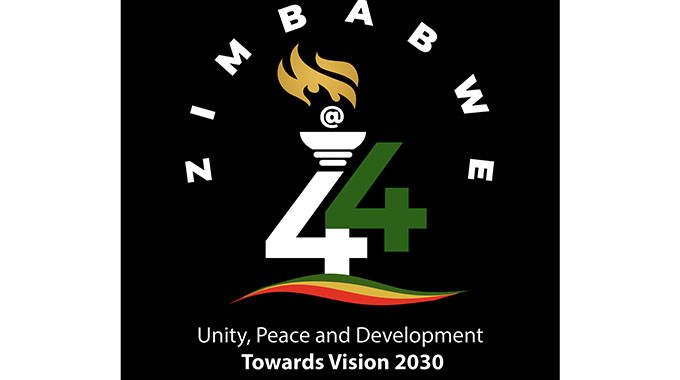Keep education affordable to unlock more benefits

Ruth Butaumocho, African Tapestry
Growing up in the dusty streets of Harare’s high-density suburb of Mufakose in the early ’80s, most parents pressed children to get the highest points to enrol at the University of Zimbabwe.
Those who were ambitious would even push their children further to excel so that they could meet the requirements of Makerere University in Uganda.
Since 1920, when the British Secretary of State, Winston Churchill approved the establishment of a “native technical school at Kampala” Makerere University is one of the oldest and most prestigious universities in Africa.
It became a symbol of African civilisation, centre of knowledge and academic excellence.
For decades, Makerere University was regarded as the “Harvard of Africa”, where thousands of students from African and even some European countries would study.
It was considered the foundation of knowledge that produced notables like Tanzanian presidents Julius Nyerere and Benjamin Mkapa, former president of the DRC, Laurent Desire Kabila and former Kenyan leader Mwai Kibaki.
In the same category was Fort Hare University of South Africa, which created an environment that inspired black consciousness and resistance against colonialism.
So, one could imagine what the yesteryear students had to put up with, at the behest of their parents, to acquire the best results.
As years passed, more universities were built in African countries to absorb the number of students who wanted to acquire university education.
Zimbabwe was not left out in the academic revolution, where the Government committed resources and expertise to construct more universities and technical colleges to absorb the growing number of students thirsty for university education.
Churches and the private sector ably assisted in the transformational phase by building universities to complement Government efforts to ensure university education was easily accessible.
Students no longer needed to travel far and beyond to acquire education unless there were other extenuating circumstances because universities were now readily available.
With Government grants, and subsidies, university education became easily accessible, and affordable, while offering quality education.
The country now boasts more than 10 universities, several technical colleges and vocational centres sprouted around Zimbabwe.
However, events of the last two months could reverse the country’s efforts to ensure access to affordable university education.
Steep increases in fees and other ancillary costs came at a time Government had put a cap on university and college fees to ensure that tertiary education remains affordable.
A few weeks ago, the Government ordered State universities to set their full fees, including tuition and accommodation at $5 000 and below per semester, for both full-time conventional students and those on block release.
Polytechnics and teachers’ colleges were directed to charge fees below $1 300 a semester for certificate and diploma programmes, while higher national diplomas and degrees will attract slightly higher fees.
The Government encouraged colleges to ensure they were charging a maximum of $1 200 a semester.
Naturally, most parents welcomed the move by Government to put a cap on university and college fees to make it affordable.
A week later, they were shocked to receive invoices, where accommodation and other ancillary costs for some degree programmes have been increased by more than 300 percent.
Students studying medicine at one local State university are being asked to pay $8 650, a fee structure which presumably caters for other ancillary costs such as lab fees.
Suffice to say, many parents say the fees are too steep and may drain their thinning pockets, which also have other competing interests to contend with, such as food, rentals and clothing.
In coming up with the cap, Government was trying to ensure that university education remains affordable and accessible in light of the dwindling disposable incomes particularly the majority of the formally employed whose salaries have not been adjusted.
With all things being equal, the decision by Government to cap fees, should create a balance between viability and affordability.
It is the desire of public universities and colleges in Zimbabwe to strengthen higher education systems locally and regionally by churning out top notch students.
That exercise requires the necessary tools such as skilled lecturers, infrastructure and proper teaching aids.
However, we believe that such a vision occasionally needs to be tuned with reality.
Reality on the ground shows that salaries for most workers have not been increased, hence the majority of them will not afford.
In light of that, universities and colleges should not regard the decision to cap the fees as averse, but as an interim solution to balance viability of institutions and affordable of university education.
It would be prudent for universities and colleges to justify the proposed fee hikes they had applied for, to enable Government to come up with a proper fee structure.
Already, accommodation for students remain a challenge at most institutions and yet some universities and colleges have been claiming that part of the students’ fees go towards infrastructural development.
On the other hand, Government should not turn a blind eye to considerable difficulties that universities and colleges have been facing in recent years.
Top of the challenges that institutions of higher learning face are brain drain, inadequate infrastructure, the collapse of infrastructure and in some cases, lack of access to most basic tools needed to conduct high-level teaching and learning in the information age.
It is important to collectively consider the reality of attempting to not only remain committed to the core mission of institutions of higher learning under these difficult conditions, but also to other environmental constraints, and to demonstrating collective solidarity in such circumstances.
The nation hopes that those who cannot afford the increased fees should benefit from the $90 million grant set aside by the Government to benefit less-privileged students eager to acquire tertiary education.
With some banks requiring collateral security in form of a payslip, or proof of stable income from any business venture, students from underprivileged families are naturally disenfranchised and cannot access the money.
We hope the facility will not be abused by well-connected people and will assist disadvantaged students, giving relief to their struggling parents.








Comments